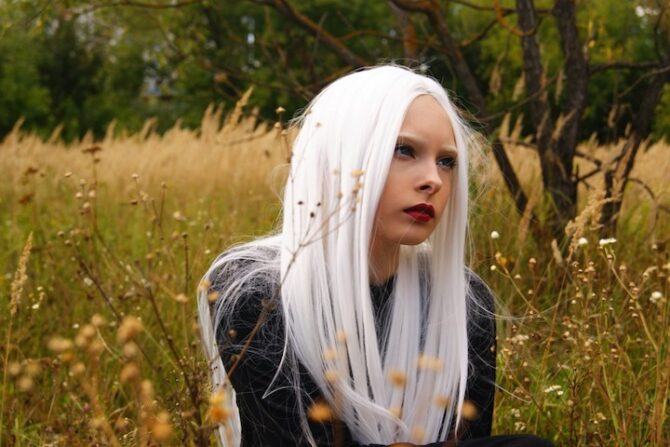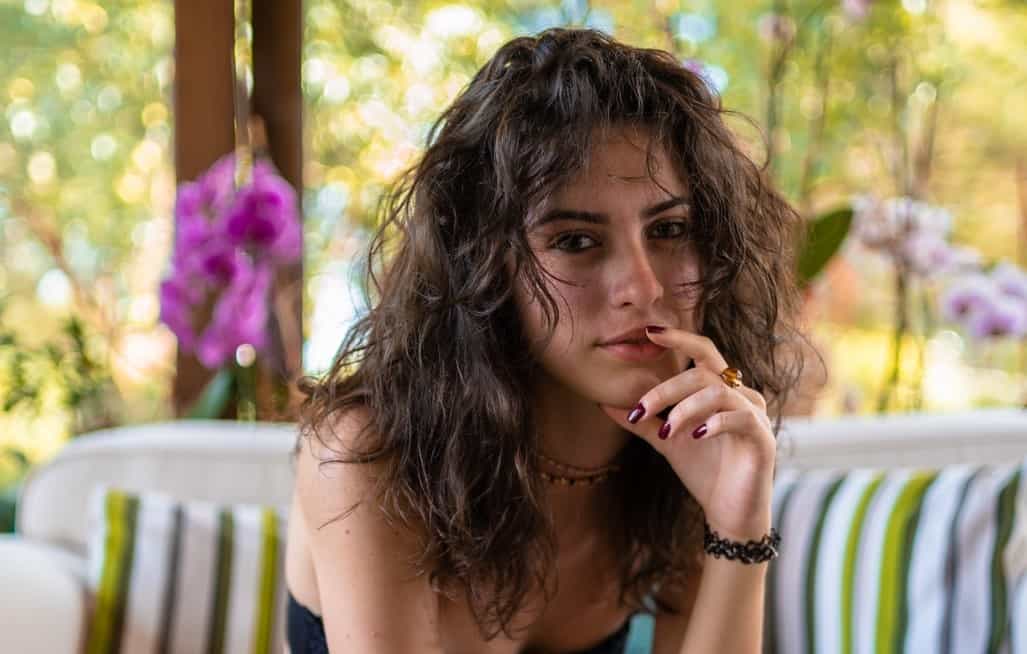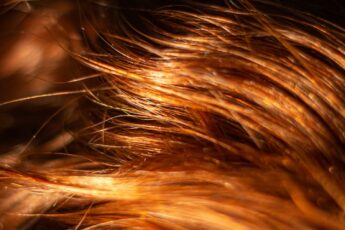Let’s talk about something you may not think about much on a daily basis—your hair color. Or maybe you do. I do, when I see someone with a color I’ve never seen. Have you ever stopped and stared at someone’s hair and wondered to yourself, how rare is that color? You’re not alone.
I’ve taken a trip down that rabbit hole myself, wondering what the rarest hair color is. And let’s just say it’s not as cut and dry as you’d imagine. And it’s not necessarily simply being blonde or redhead. There’s more to it than you’d imagine. So let’s take this apart slowly—one step at a time, you and me.
Table of Contents
Let’s Start with a Simple Question: What Even Counts as Rare?
Alright, so let’s not throw the word “rare” around just yet. What does that even look like when we’re talking hair?
Some colors are rare because not everyone is born with them. But here’s the catch: some colors are thought of as rare because you just don’t see them out there that often. Genetics, where you live, climate, and cultural styles all play a role.
Also, we’re talking natural hair colors here. Not the ones that get done at a salon. I love a bold blue or deep burgundy dye job, but that’s not what we’re here for. We’re going with what you’re born with.
Red Hair: The Famous Rare One
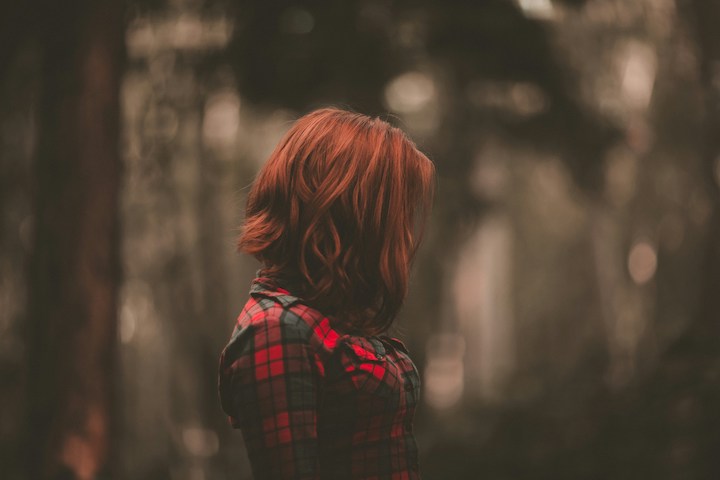
Red hair always steals the spotlight when people talk about rare colors. And deservedly so.
Roughly 1 to 2% of the world’s population are born with natural red hair. That’s not a lot. You might already know that whenever you see a redhead, you can’t help but notice it. That’s because red hair is associated with one particular gene—MC1R. And this gene has to be inherited by both parents. So yeah, it’s not something that suddenly happens overnight.
The most interesting thing? Red hair often comes with pale skin and freckles. It’s like a whole genetic package. That package is most common in places like Scotland, Ireland, and some parts of Northern Europe. But outside those areas? It’s like finding a needle in a haystack.
So is red hair the rarest? Well, it’s one of them. But we’re not done yet.
Blond Hair: Rare Depending on Where You Are
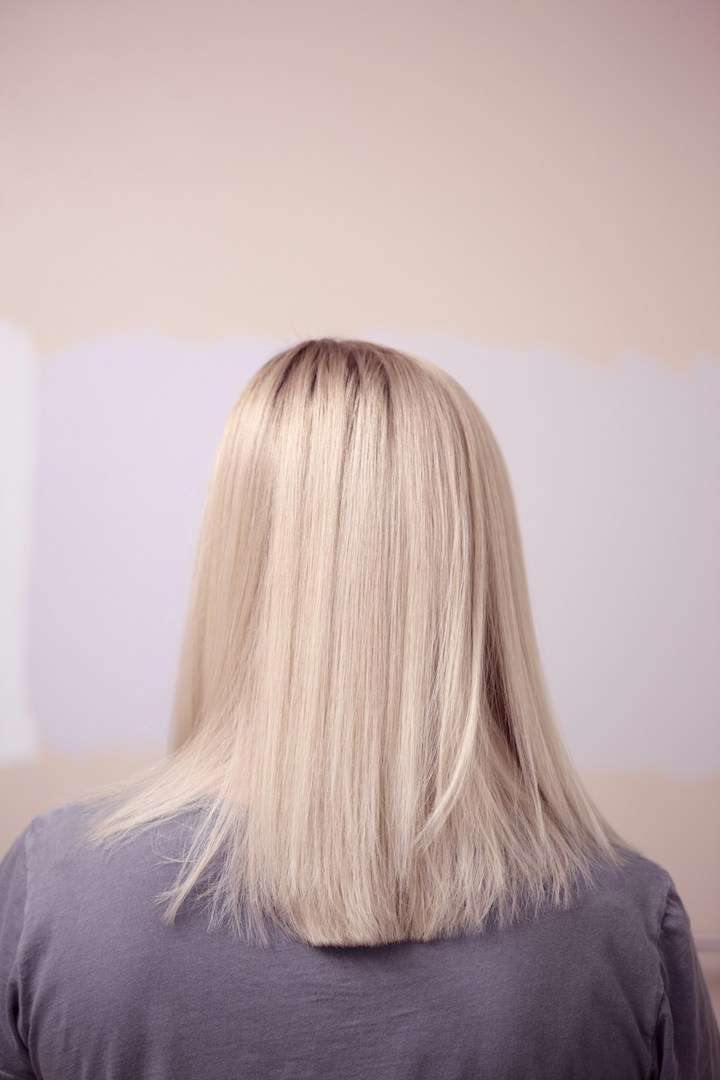
Blond hair is a trickster. Globally, it is not actually unusual. Approximately 2 to 3% of the global population have blond hair by nature.
However, if you’re in a region where dark hair is common, blond can still be unusual. It becomes unusual because of contrast.
Other naturally blonds are generally found in Northern and Eastern Europe—specifically in countries like Sweden, Finland, and Estonia. Everywhere else away from there, especially in hotter parts of the globe, natural blond hair dies away pretty rapidly. In addition, most people who were naturally blond kids discover that it darkens over time. So if you’re naturally blond and it persisted into adulthood, that’s already making you a bit of an anomaly.
Also Read: How to Fix Hair Dye Disasters at Home
Black Hair: Rare in Some Places Too
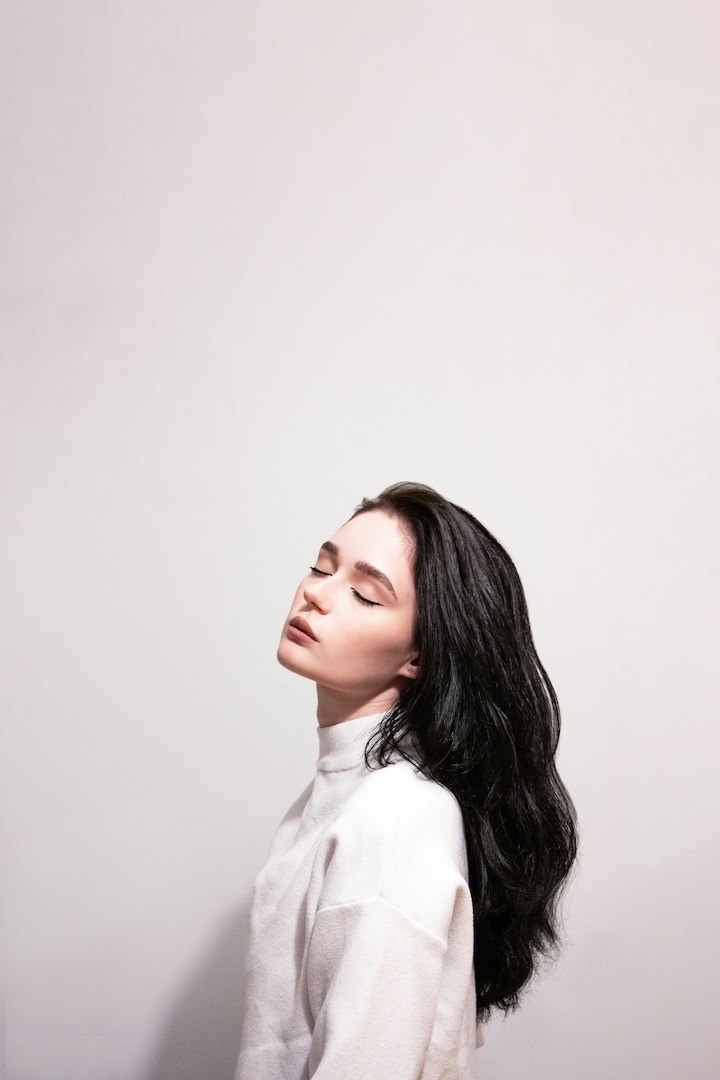
Alright, now let’s flip the discussion around. Black hair is the most common color of hair in the world. It’s common, dominant, and everywhere. But there’s a catch.
Based on where you live, naturally black hair may be rare. In a town or neighborhood where everyone has lighter hair colors, the individual who has deep, dark hair is the one who stands out. You’ve probably seen that too—how one characteristic can look unique merely because it’s unexpected in a particular region.
And then there’s the shine. Natural black hair often has this reflective, almost blue-black tint. That tint? We’ll get to that, because it’s part of something even rarer.
Silver, White, and Gray Hair: Naturally Rare in Youth
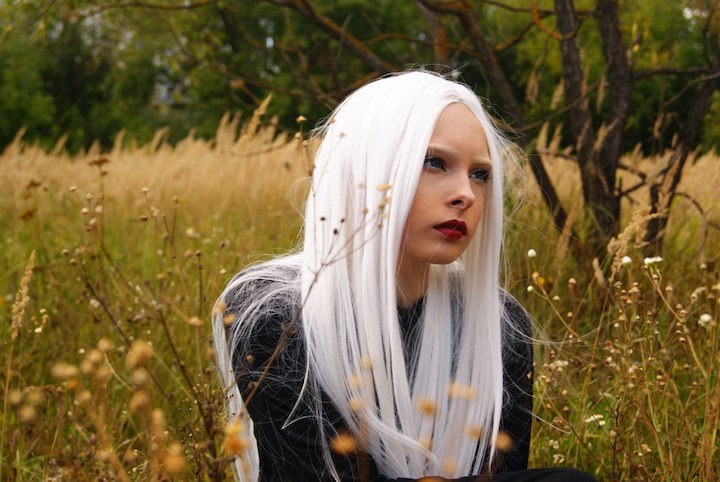
So here’s a fun one. Silver or white hair—not from aging, but from birth or early childhood. It’s extremely rare.
Some are born with diseases like piebaldism or albinism, which can leave them with streaks—or whole heads—of white or gray hair. Others are gray far too early due to their genetics. It’s not normal, but when it happens naturally? You can be sure it turns heads.
There’s an understated kind of beauty to silver hair, especially when it’s not expected. Whether it comes early or in the later stages of life, it’s one of those hues that makes people slow down and look.
The Real Winner: Natural Violet or Blue-Black Tinted Hair
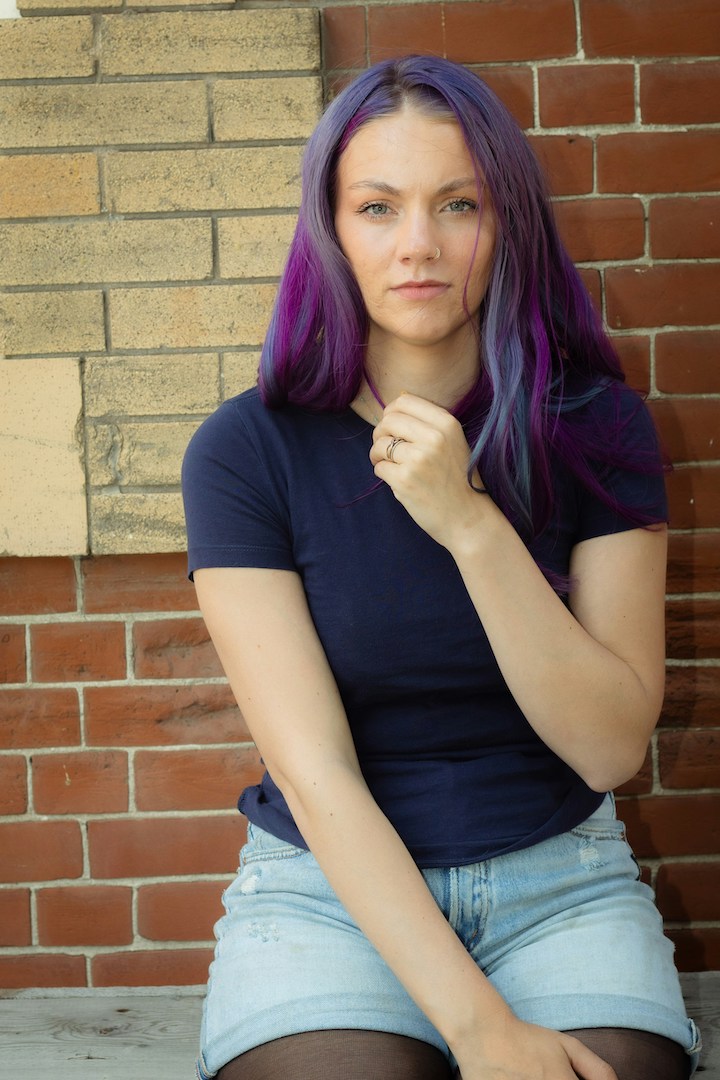
Let’s move on to the one that few people even talk about. Natural blue-black or violet-tinted hair.
No, I don’t mean colored shades here. I mean genetically natural black hair with a cool, almost bluish or violetish hue. It’s real, but very rare. You’ve probably seen it and not even realized what you were seeing—especially under the right light.
It is this color most concentrated among particular Indigenous populations and among certain regions of Southeast Asia and the Pacific Islands. The responsible genes are under study, and it is not fully understood how and why the color does shift slightly into the blue spectrum.
But when it shows? It’s indescribable. In the sun, it reflects light in a way that’s just. different. Some say it’s like there’s a hint of midnight in their hair. And if you’ve seen it, you’ll understand.
Let’s Talk Eye Color + Hair Color Combinations
Now this is where things get interesting. Some hair colors become even rarer when paired with certain eye colors.
Think of red hair and blue eyes, for example. That’s combo is very rare. Less than 1% of the global population have both. Think about it for a second. You may live your whole life and never see a person with both naturally.
Even blond hair and green eyes is a rare mix. Why? Because green eyes themselves are super uncommon—only 2% of people have them. Pairing them with a lighter or rare hair shade bumps that rarity up big time.
So if you’ve ever wondered why certain people look so unique, sometimes it’s just simple math. Rare hair color + rare eye color = unicorn status.
So, What Does Your Hair Color Say About You?
I’m not into stereotypes, so don’t worry—I’m not going to say redheads are feisty or blondes are this or that.
But I will tell you this—if you have an odd hair color, people pay attention. And sometimes you grow up feeling a little bit different on account of it. That can influence the way you present yourself, the way that others treat you, and even the way that you feel at parties.
If your hair color is rare, it can make you feel like you’re standing out when you don’t want to be. Or, it can be a quiet strength. Something you carry, something which is yours and yours alone. That’s strong in its own right.
You Can Also Read: How Much Does It Cost to Dye Your Hair — Salon vs. At-Home Costs
Can You Tell If You Have One Of The Rarest Hair Color?
So now you may be wondering: how do I even know if my hair color is rare? Good question.
Here are a couple of easy ways to check:
- Ask your family — If nobody else has your hair color, that’s a clue.
- Check baby pictures — Your natural color might have undergone change since then.
- Watch how others react — If others always ask you if your hair is natural, they’re noticing something different.
- See the color in the sun — Blue-black and violet hues look the finest outside.
And even if you still don’t know? You can even take a DNA test. Some of them show you what hair color genes you carry—even the secret ones you can’t see.
Accept or Refuse to Change It?
This is the trick. Whether your hair color is rare or normal, the question isn’t what it is. It’s how you feel about it.
You might or might not wish to dye it, experiment with new colors, take risks, or cover up the grays. That’s your choice. And that’s wonderful, provided it’s what you want—not what you think you ought to do.
But if you’ve got an unusual hair color? Don’t hide it. It’s your heritage. And sometimes, embracing that which makes you different is the best feeling in the world.
Frequently Asked Questions
What is the world’s rarest natural hair color?
Red is generally thought of as the rarest, but blue-black or violet-colored hair could possibly be even rarer. It depends on what you think “rare” is.
Is blond hair rarer than red?
Yes. Red hair comprises approximately 1-2% of the world population, whereas blond hair consists of about 2-3%. Red wins the race in rarity.
Can one be born with blue or violet hair?
Not shiny blue, but a few are born with hair possessing a bluish or violet undertone, particularly in sunlight. This occurs because of certain gene expressions.
What is the most unusual hair and eye color combination?
Red hair and blue eyes are the rarest combination—fewer than 1% of the population have both.

